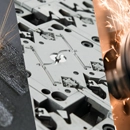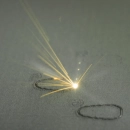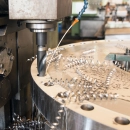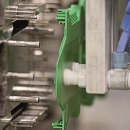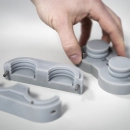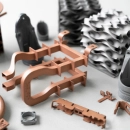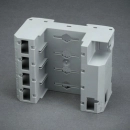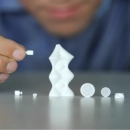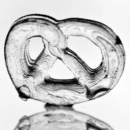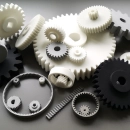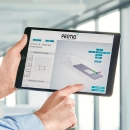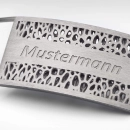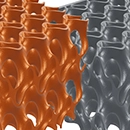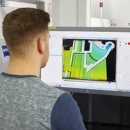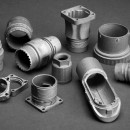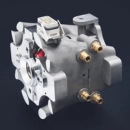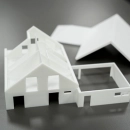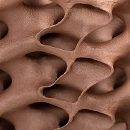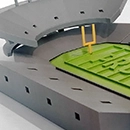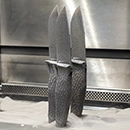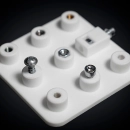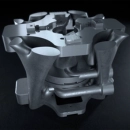Hollow structure
A hollow structure refers to a component whose interior is empty in order to save material while still meeting the structural requirements. This construction method is particularly advantageous in additive manufacturing, such as 3D printing, as it offers creative possibilities for design optimization and helps to make the end product both lighter and more cost-efficient.
By integrating hollow structures into the design, designers and engineers can implement targeted material reduction without compromising the functionality and stability of the component. This is particularly valuable in applications where weight is a critical factor, for example in the aerospace, automotive industry or medical technology. A reduced amount of material not only leads to lower material costs, but also to faster production, as less material has to be printed.
The design of hollow structures requires careful planning to ensure that the remaining structure is sufficiently stable and meets the mechanical requirements of the application. Modern CAD software makes it possible to precisely model complex hollow structures and use simulation tools to analyze the loads and forces to which the component could be exposed in use.
In addition to the obvious material savings, hollow structures often also offer advantageous properties such as improved heat dissipation and resistance to mechanical deformation, as they can be reinforced in strategic areas to dissipate point loads. Through the targeted use of hollow structures, a structured lightweight approach can be taken that offers sustainable and efficient solutions without compromising on the functionality of the end product.



 Deutsch
Deutsch English
English Italiano
Italiano